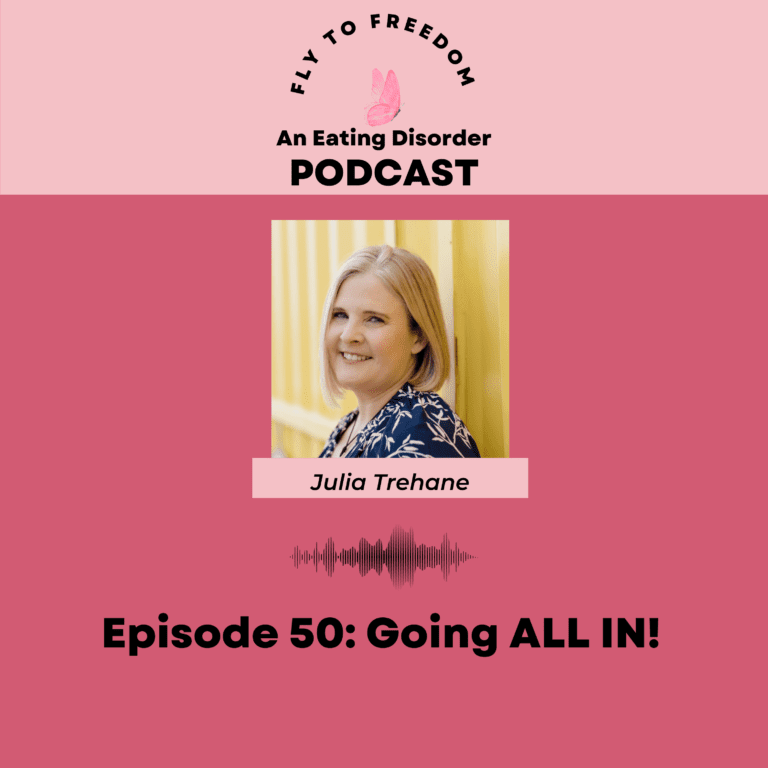Introduction: Commitment and Brain Recovery
Going “all in” during anorexia recovery is not just about mental commitment but also a neurobiological shift that supports full brain and body healing. Eating disorders significantly alter brain function, and committing fully to nutritional rehabilitation is essential for restoring normal cognitive and emotional processing. Scientific research from neuroscience, psychology, and nutrition highlights the transformative power of “going all in” and how this approach can literally rewire your brain’s thought processes and behaviors.
Neurobiological Changes During Anorexia
Anorexia nervosa leads to structural and functional changes in the brain. Neuroimaging studies reveal significant loss of grey matter, particularly in the prefrontal cortex—responsible for decision-making, impulse control, and cognitive flexibility. Meanwhile, the amygdala—the brain’s fear and anxiety center—becomes hyperactive, which explains why individuals experience an exaggerated fear of food, body weight, and gaining weight.
Recovery hinges on the brain’s ability to change, a process known as neuroplasticity. Committing fully to recovery allows the brain to rebuild lost grey matter and restore normal functioning in emotional and cognitive regions. Regular, balanced nutritional intake supports this process, helping to reverse the brain damage caused by starvation.
The Biochemical Role of Nutrition in Brain Repair
Nutritional rehabilitation is the cornerstone of brain recovery. Starvation impairs the brain’s production of crucial neurotransmitters like serotonin and dopamine, which regulate mood, anxiety, and cognitive processing. This chemical imbalance contributes to emotional instability and obsessive thoughts about food and body image.
Adequate nutrition, particularly protein and fat intake, is critical for restoring neurotransmitter balance. For example, the amino acids in protein-rich foods are necessary for producing serotonin, while essential fats help rebuild brain cell membranes. Carbohydrates, which are the brain’s primary energy source, are needed to restore cognitive function, reduce mental fog, and improve decision-making capabilities.
In this phase, robotic eating—the practice of consuming food at regular intervals without emotional involvement—plays a crucial role. This technique, which helps override the eating disorder’s voice, is about eating mechanically, sticking to a schedule, and eliminating emotional decision-making around food. It ensures the body and brain receive consistent nourishment, which is critical for overcoming restrictive patterns and healing the brain. Structured eating also reintroduces the concept of hunger and satiety cues, which are often disrupted by anorexia. This practice is thoroughly explored in the blog post “Navigating Weight Gain and Extreme Hunger During Anorexia Recovery.“
Psychological Shifts with Full Commitment
Committing fully to recovery facilitates a significant psychological shift. Cognitive-behavioral therapy (CBT) helps individuals reframe harmful thinking patterns, while structured routines, such as robotic eating, support new behaviors. Cognitive distortions like black-and-white thinking, catastrophizing, and the irrational fear of weight gain are deeply ingrained in individuals with anorexia. These distorted thought patterns reinforce unhealthy behaviors, but with time and full commitment, CBT and other psychological techniques help restructure these neural pathways.
CBT encourages challenging these thoughts and adopting a more flexible mindset. Journaling, mindfulness, and frequent reflection can further support this process. Techniques like robotic eating help separate emotions from food decisions, providing a way to neutralize the fear response triggered by eating.
The Science Behind Fear of Weight Gain
One of the central fears during anorexia recovery is weight gain. This fear is not just psychological but also biological. Prolonged starvation triggers an adaptive response in the body, which lowers metabolism and encourages fat conservation, creating a heightened fear of food. The body essentially enters a “famine mode,” which drives anxiety and makes refeeding difficult.
This fear is further compounded by cultural pressures that idealize thinness. Set-point theory explains that the body has a natural weight range where it functions optimally. In recovery, the body must be allowed to reach its natural set-point, which may involve weight gain. Research demonstrates that those who commit fully to refeeding, even in the face of fear, achieve greater metabolic and psychological stability over time. The structured, robotic eating approach helps by eliminating emotional responses tied to weight gain, ensuring the body is consistently nourished and the brain regains trust that it will be fed regularly.
Nutritional Biochemistry and Restoring Health
During recovery, structured, robotic eating—eating consistently at fixed intervals, regardless of emotional impulses—is critical for normalizing metabolism and helping the brain disengage from the eating disorder voice. When individuals eat in a mechanical, planned way, they override the emotional resistance created by their disorder, gradually restoring balance to hunger cues and reducing food-related anxiety. This approach is particularly effective in the early stages of recovery, where rational thought processes around food are not fully restored.
Scientific research has shown that eating in a regimented way allows the body to recalibrate its metabolism. Macronutrients—carbohydrates, proteins, and fats—are essential for both physical and cognitive healing. Proteins help to repair muscle mass, fats rebuild brain and body cell membranes, and carbohydrates provide the necessary energy for brain function. Robotic eating supports the normalization of hormones such as leptin and ghrelin, which regulate hunger and satiety, allowing individuals to slowly regain natural hunger cues.
You can read more about the emotional aspects of this strategy in the blog post “Unlocking Inner Child Healing for Lasting Anorexia and Eating Disorder Recovery.”
Long-term Recovery and the Risk of Relapse
One of the greatest challenges in anorexia recovery is the risk of relapse. Relapse often occurs when individuals regain some weight but fail to address the underlying psychological and neurobiological roots of the disorder. Going “all in,” combined with structured eating, reduces this risk by retraining the brain to handle thoughts about food and body image in a more rational, balanced way.
Neuroplasticity ensures that the brain can recover, but only through consistent effort. Robotic eating is an effective tool for relapse prevention because it reinforces structured behaviors that neutralize emotional responses around food. This reduces the likelihood of returning to disordered eating patterns.
Understanding Set-Point Theory and Metabolic Recalibration
Set-point theory helps explain why the body needs time and consistent nourishment to find its optimal weight range. When the body falls below its set point due to starvation, it responds by lowering metabolism to conserve energy. During recovery, consistent robotic eating allows the body to recalibrate and find its natural weight without triggering starvation responses.
This process involves restoring lean body mass, fat stores, and hormonal balance. While weight fluctuations can be distressing, studies confirm that allowing the body to reach its set point promotes long-term health and reduces the risk of future disordered eating. The robotic eating method ensures the body receives consistent, adequate nutrition, helping it return to its natural equilibrium.
Going All In for Total Mind-Body Healing
Going “all in” is more than just a mental decision—it’s a scientifically backed, neurobiological commitment to full recovery. From restoring neurotransmitter levels and cognitive function to recalibrating metabolism, this approach sets the stage for complete healing. Robotic eating, structured routines, and consistent nourishment are powerful tools in reclaiming both physical and mental health, enabling a long-lasting recovery from anorexia.

Key Takeaways
Commit Fully to Recovery: Decide to go “all in” and make a comprehensive commitment to your recovery process. This means prioritising your nutritional needs, ceasing harmful behaviours like excessive exercise, and engaging in therapy.
Seek Professional Support: Recovery is a journey that shouldn’t be walked alone. Seek the guidance of a recovery coach, therapist, or nutritionist who understands the complexities of eating disorders.
Educate Yourself: Understanding the science behind eating disorders and recovery can empower you. Learn about the neurobiological impacts of eating disorders and how recovery can reverse these effects.
Practice Self-Compassion: Recovery is fraught with challenges. Practice self-compassion by acknowledging your struggles, forgiving yourself for setbacks, and celebrating your progress.
Build a Support Network: Surround yourself with people who support your recovery journey. This can include friends, family, support groups, and online communities.
By integrating these principles and actions into your recovery journey, you’re not just moving towards overcoming your eating disorder; you’re stepping into a life defined by health, autonomy, and fulfilment. “Going all in” is a testament to the strength within you to reclaim the vibrant and self loving life you truly deserve.
If this article resonated with you, be sure to listen to the podcast and give it a 5 star rating and comment.
If you’d like to start your own journey and would like my support, you can book a call with me.
Thanks for reading!
If you’d like me to help you through your recovery, with proper, effective, science backed techniques and everything you need to create a better life, free from your eating disorder, reach out to me and take that 1st step. Oh, and this part is free of charge by the way!


